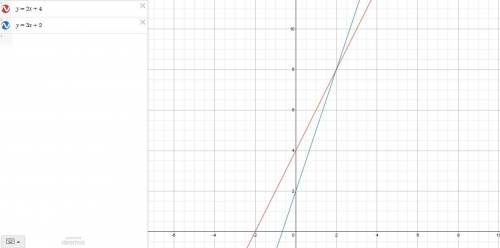PART 1:A
Yes, Lisa will get the same solution no matter what method she applies. The reason is that we have been given 2 equations. As these are linear equations, both of the equations represent 2 different lines having different slopes. The solution of two different lines is taken as the point of intersection of both lines, because that is the only point that lies on both lines. This point will always remain the same for two particular lines. So whatever method Lisa applies, the point of intersection will always remain the same i.e (5,1)
B
Yes, the answer to A will change if the systems of equation has no solution. If system of equations have no solution, it means the both lines never intersect, which happens for parallel line. Hence, there is no point of intersection.
Yes, the answer to A will change if the systems of equation has infinite many solution. It means that both lines intersect at every point of each line, which happens when both lines overlap each other. Hence, the point of intersection, which represents the solution, is every point of both lines.
PART 2:
The graph of both equations is given below.
The solution is the point of intersection of both line
As both lines intersect a x = 2 and y = 8.
Solution: (2,8)
